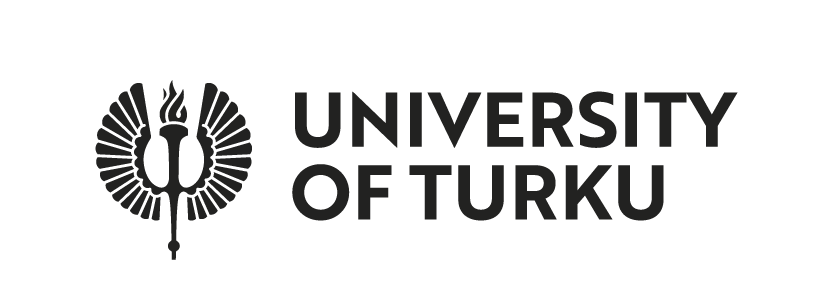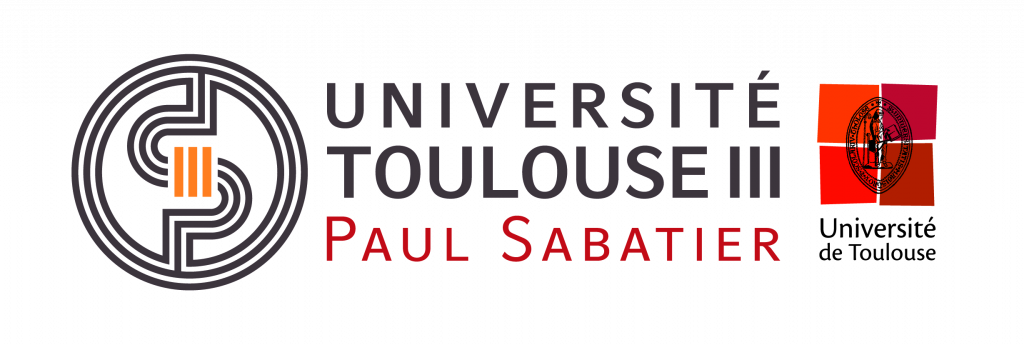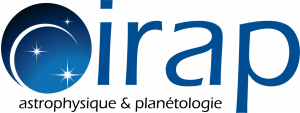Partners
Image by NASA
University of Turku (UTU) is the third largest multidisciplinary university in Finland. The university is recognized for the quality of research, teaching and excellent support services. There are more than 20 000 students and about 3 500 staff members in UTU. The Department of Physics and Astronomy has three main research areas: Materials Research; Quantum Physics; and Astronomy and Space Physics. The staff working on space sciences amounts to about 40. The SERPENTINE team, hosted at the Space Research Laboratory (SRL), has comprehensive experience in experimental and modelling work related to solar energetic particle (SEP) events and related solar eruptive phenomena, as well as radiation effects modelling of SEPs.
UTU is the coordinator of the project. The scientific and technical tasks of the UTU team are related to event based and statistical analysis of the SEP events and to development of analysis tools for that purpose.
The Christian-Albrechts-Universität (CAU) zu Kiel was founded in 1665. The number of students enrolled at CAU is approximately 27000. In the former workplace of Max Planck and Heinrich Hertz, a teaching staff of more than 600 passes on its knowledge to students from Germany and more than a hundred other countries. The Department for Extraterrestrial Physics at the Institute for Experimental and Applied Physics (IEAP) at CAU has more than 50 years of experience in designing and building energetic particle instruments for space missions and analysing and interpreting the data.
In SERPENTINE, CAU provides data from a number of SEP instruments, participates in the analysis of SEP event studies and leads the statistical analysis SEP events.
Since its creation in 1969, the Université Toulouse III Paul Sabatier (UPS) has been expanding its offer of multidisciplinary education in the fields of science, health, engineering, technology and sports, developing one of the most important scientific research clusters in France. With almost 35 000 registered students, UPS is one of the leading French universities, in the quality of its teaching, the breadth of its scientific research and the number of students it attracts. Recognised across Europe and all over the world, UPS research laboratories function in a scientific research context that works both with the core disciplines, and transversal scientific applications, sharing the results of their work to increase productivity in core research and encourage knowledge transfer.
IRAP is a joint research unit (JRU n°5277) of UPS and the Centre National de la Recherche Scientifique (CNRS) in which both entities put together staff and resources for the benefit of the laboratory, following agreements signed between them. IRAP is active in three main areas: solar system sciences, high energy astrophysics, and the cold universe, each covering theory, instrumentation, data interpretation, teaching and dissemination of knowledge. The Solar System group of IRAP is renowned for its high level of expertise in data analysis software development (AMDA, CLweb, 3DView, Propagation Tools described below).
The primary task of the UPS-IRAP group in SERPENTINE will consist in carrying a part of the solar eruption and shock analysis, and lead the development of analysis and visualization tools.
Consistently rated amongst the world’s best universities, Imperial College of Science, Technology & Medicine, London (Imperial) is a science-based institution with a reputation for excellence in teaching and research. Imperial is committed to developing the next generation of researchers, scientists and academics through collaboration across disciplines. Founded in 1907, it hosts over 17,500 full-time students. Located in the heart of London, Imperial is a multidisciplinary space for education, research, translation and commercialisation, harnessing science and innovation to tackle global challenges.
The Space and Atmospheric Physics Group has 16 permanent academic staff and is one of the largest groups within the Department of Physics. Space physics research at Imperial is of the highest international standing as evidenced from leadership roles in international space projects, high-profile publications, invited talks, awards and prizes.
Imperial is world leading in the advanced analysis of space mission plasma data. Its role in the project is to lead the in-situ analysis of interplanetary shocks and their effect on SEPs.
The University of Helsinki (UH) is the largest university in Finland and among the best multidisciplinary research universities in the world. It includes eleven faculties and has ca. 40.000 students and employees. The present project is conducted at the Division of Particle physics and Astrophysics of the Department of Physics (UH-Phys). UH-Phys is a large physics department with 30 professors and a total annual work effort of about 330 person-years, of which about 50 person-years are within space research and astronomy.
The UH space physics team possesses strong and comprehensive knowledge on solar-terrestrial studies and is experienced both with developing simulations and with observational data analysis. The team is also well acquainted with studying space weather consequences of solar eruptions. The UH team will lead the work on Solar wind and Coronal Mass Ejections modeling and will be involved in the in-situ shock analysis, as well.
The University of Alcalá (UAH) was founded in 1499. It is a public university with a commitment to teaching and research excellence. The University has more than 29,000 students, 2,000 teaching staff and 800 service and administration staff. Its nine faculties and three campuses comprise 40 undergraduate degree programs, 78 postgraduate programs and a broad offer of lifelong training courses in all fields of knowledge.
The UAH team participating in SERPENTINE is the Principal investigator institute of the Energetic Particle Detector aboard Solar Orbiter. In SERPENTINE it leads the work on Catalogs and Data Products and will also have a key contribution to the analysis of SEP events.







